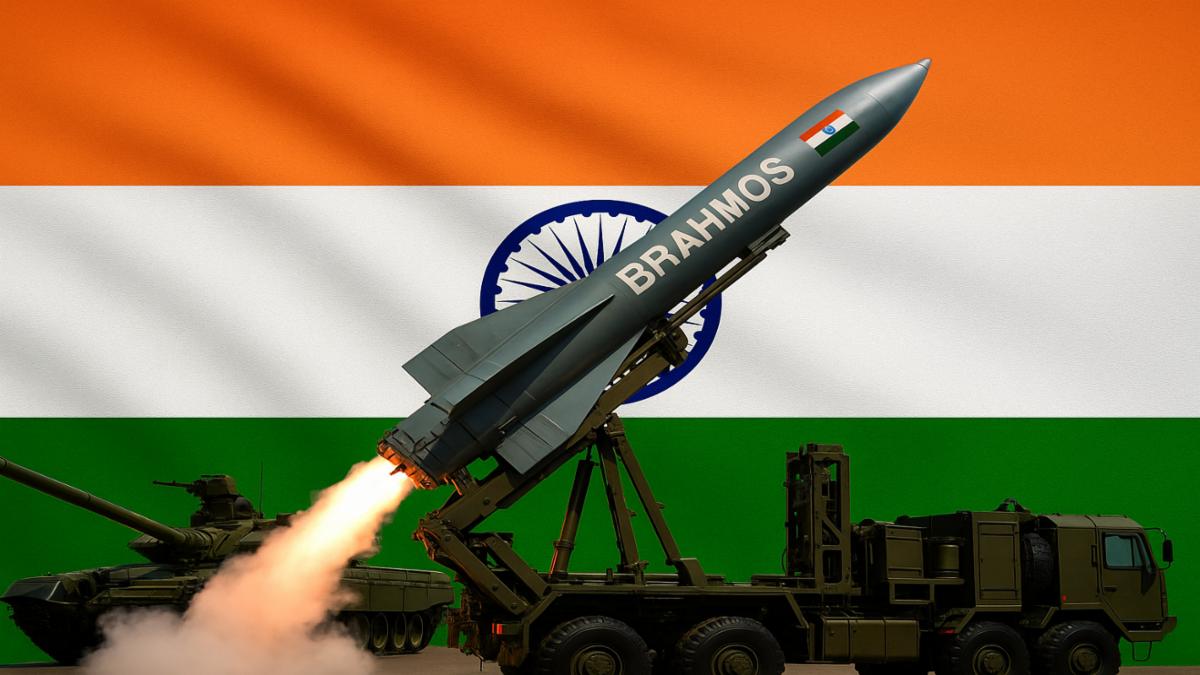Article Body
A Quiet Surge in Firepower: India Approves ₹2,000 Crore in Emergency Defence Deals
June 24, 2025
In a swift yet measured response to evolving security threats, India’s Defence Ministry has signed off on emergency procurement deals worth nearly ₹2,000 crore—aimed squarely at enhancing the Army's counter-terrorism punch.
This isn’t just about numbers and equipment. It’s about readiness. About the silent assurance that when the stakes spike and lives are on the line, the boots on the ground aren’t waiting for paperwork.
13 Contracts. Zero Delays.
Unlike the usual long-drawn acquisition pipeline, these 13 contracts—approved under the emergency procurement (EP) framework—skip bureaucratic bottlenecks. That’s the point. The Army can now fast-track the induction of everything from cutting-edge surveillance gear to tactical mobility systems. The specifics, however, remain cloaked under operational confidentiality.
A senior official, on the condition of anonymity, said,
“This isn’t just a reaction to recent threats. It’s a proactive correction—our troops deserve the best tools before the crisis, not after.”
That said, some experts worry about transparency. Emergency procedures, while efficient, often bypass competitive bidding—raising flags about oversight. Yet, most seem to agree: in today’s high-stakes environment, speed can’t always wait for red tape to untangle.
The Bigger Picture
What’s more, these procurements come at a time when global tensions are flaring and cross-border infiltration attempts are reportedly on the rise in sensitive sectors of Jammu & Kashmir. The Army’s emphasis on CT operations isn't just symbolic—it’s deeply tactical.
At the same time, military watchers are also reading between the lines. “Could this rapid push suggest intel of an emerging threat?” one former commander mused on a private defence forum. It's unclear. What’s certain is the strategic tone: readiness now trumps readiness tomorrow.
Conclusion
In times of quiet tension, defence isn’t always loud. It’s precise. It’s deliberate. And sometimes, it comes dressed in emergency protocols and understated press releases.
Whether these ₹2,000 crore investments shape the battlefield—or merely reinforce India’s deterrence—remains to be seen. But the message is clear: the machinery of readiness is shifting gears.

Comments